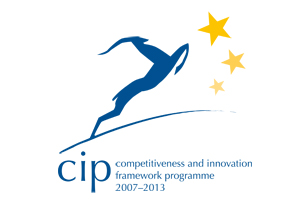 D1 Conserving resources
D1 Conserving resources
| Main Menu | Module GSTC HTO | Previous |
Next |
 |
|
| GSTC HTO Environmental Benefits and Impacts |
|
|
D1.1 Conserving Resources – Local Purchasing |
|
|
Purchasing policies favor locally appropriate and ecologically sustainable products, including building materials, capital goods, food, beverages and consumables. INDICATOR: • There is a written purchasing policy and actual purchases of building materials, capital goods, food, beverages and consumables clearly favors local and/or ecologically sustainable products. GUIDANCE: • Small organizations with few staff may have a simple policy provided it is implemented, larger organizations must have documented policy and associated staff awareness and review of local/sustainable supplies. |
Example Travelife for Accommodations:
The business has implemented a purchasing pro cess which favours sustainable goods and services. INDICATOR: The business has put in place a sustainable purchasing policy which is considered within all aspects of its purchasing activity. Even though a formal writte n purchasing policy document may not exist . |
 |
|
| GSTC HTO Environmental Benefits and Impacts |
|
|
D1.4 Conserving Resources – Minimize Water Consumption |
|
|
Water consumption is measured, sources are indicated, and measures are adopted to minimize overall consumption. Water sourcing is sustainable, and does not adversely affect environmental flows. INDICATOR: • Water supply is either from a municipal/government approved source OR there is some evidence that the water supply is a sustainable source and has not previously and is unlikely to affect environmental flows.
• Total volume of water in kiloliters consumed per source per specific tourist activity (guest night, visitors, etc.).
GUIDANCE:
• The assessment should address impacts on groundwater aquifers, wetlands and watercourses. Potential for salinisation of aquifers in arid and coastal situations should be considered.
• Where possible the cumulative impacts of tourism in the locality on water sources should be considered.
|
Example Travelife for Accommodations:
The business maintains records of its water consumption by source, waste water production and disposal. INDICATOR: Water consumption data, from all sources, is collected and recorded regularly. The business demonstrates how it treats and disposes of its waste water safely and with no adverse effects to the local population or environment. The business should collec t its own data internally and not simply rely upon water companies to provide the data via water bills. |
| Main Menu | Module GSTC HTO | Previous |
Next |

























































